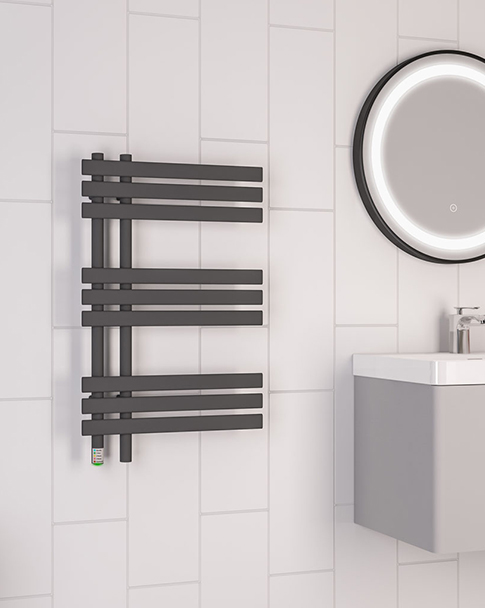
Ditch the Damp, Save the Planet: Positioning Heated Towel Rails as an Eco-Friendly Home Upgrade
Introduction:
In an era of high energy costs and heightened environmental awareness, "luxury" is being redefined. It's no longer just about indulgence; it's about intelligent, responsible comfort. This is a golden opportunity to reframe your heated towel rails not as an energy user, but as a strategic energy saver for the modern home.
The Problem Your Product Solves: Dampness
The primary enemy of home energy efficiency is dampness. Wet towels and humid bathrooms force central heating systems and dehumidifiers to work overtime, consuming significant electricity and gas.
The Eco-Friendly Value Proposition:
Targeted Zonal Heating: Instead of turning up the thermostat for the entire house to dry one bathroom, a heated towel rail provides targeted heat exactly where it's needed. This is a fundamental principle of energy conservation.
The Laundry Connection: By efficiently drying towels and bathrobes, they reduce the need for frequent, energy-intensive tumble dryer cycles. A typical dryer uses 4-6 kWh per cycle; a towel rail uses a fraction of that.
Mold Prevention: By reducing ambient humidity, they help prevent mold growth. This improves indoor air quality and can prevent costly remediation and repainting, which have their own environmental footprint.
How to Communicate This in Your Marketing:
1. Lead with the "Kill the Kilowatts" Message:
Website Header: "Warm Towels. Lower Bills. smaller Footprint."
Product Tagline: "The Energy-Efficient Comfort Your Bathroom Deserves."
2. Provide Tangible Data:
Create an "Energy Savings Calculator" on your website. Let homeowners input their local energy cost and see how much they could save annually by using a towel rail instead of overheating a room or running a dryer.
Example Calculation: "Using our 50W rail for 4 hours a day costs less than $2 per month."
3. Certifications and Smart Features:
Highlight Certifications: Promote models that are ENERGY STAR® rated or comply with ErP (Energy-related Products) directives.
Sell Smart Timers: The biggest savings come from smart control. Market rails with programmable timers or Wi-Fi connectivity as essential features. Emphasize the ability to heat the bathroom just before use and switch off automatically, eliminating wasted energy.
Case Study: The Green Builder
A sustainable home builder in Scandinavia standardizes the installation of programmable heated towel rails in all their projects. They market this as a key feature of their "Healthy Home" package, which boasts a 30% lower energy use for laundry and bathroom climate control.
Conclusion:
Shift the conversation from simple comfort to intelligent home management. By positioning your heated towel rails as a tool for reducing waste and saving energy, you align your brand with the values of a growing, environmentally-conscious market. This isn't just a sales tactic; it's a powerful, authentic story.